





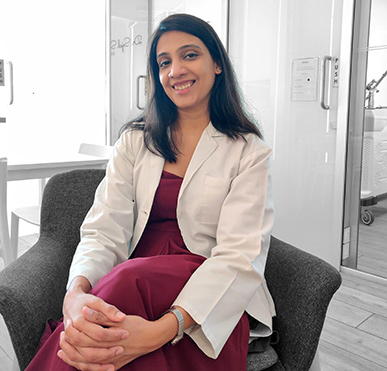
InUrSkn is more than just a skin a hair and body clinic. It is Dr. Sejal's promise of providing minimal intervention patient care which is holistic, personalized and humane.












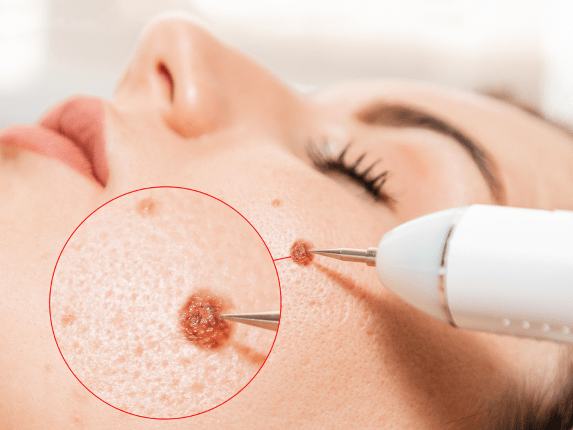
Dermato Surgeries and procedures are minimally invasive surgeries done in a dermatology clinic without the need for admission. These surgeries help with various abnormalities that one may experience on the skin. These surgeries are generally done under local anesthesia and have minimal down time along with minimum post operative care. Patients can resume routine work almost immediately after the surgery.
Dr. Sejal can carry out the below minimally invasive surgeries and procedures at InUrSkn:
Dr. Sejal assesses the exact condition of the skin lesion and then determines one of the mechanisms to carry out the surgery:
a. CO2 Laser Excision
b. Electrocautery or RF Cautery and Excision
c. Cryo Excision
d. Wound & Skin Repair (suturing)
e. Excision or Extraction by conventional means.
You can read more about each of these techniques below
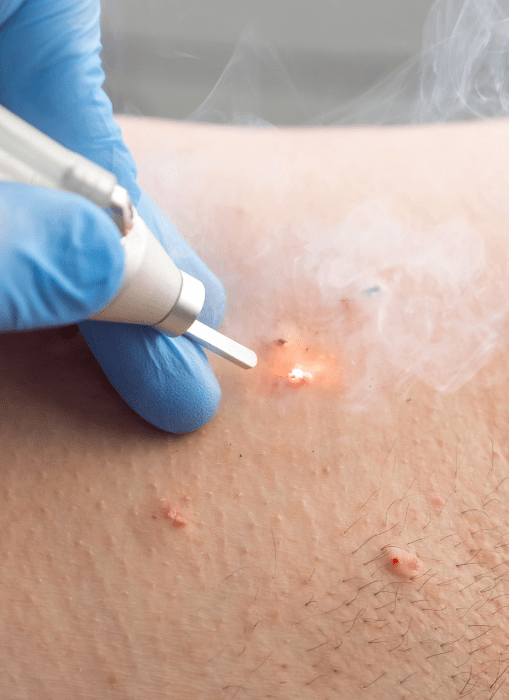
CO2 Lasers are one of the most advanced techniques used for minimally invasive surgeries as done by dermatologists.
CO2 Lasers work in two modes:
1. In Evapouration Mode : In which case thin layers of skin are burnt off in a controlled manner using the CO2 Laser beam
2. In Light Scalpel Mode : In which case a high intensity beam of CO2 Laser is used as a blade or scalpel to cut / excise the lesion in question.
CO2 Lasers have the below advantages:
a. They are extremely precise and quick and therefore cause little discomfort
b. The high temperature caused by CO2 Laser effectively neutralizes any microbes that may exist in the surrounding area of the lesion (like in warts)
c. The CO2 Laser also cauterizes the blood vessels in the area because of the high temperature minimizing any bleeding.
The procedure for CO2 Laser surgery is the same as conventional surgery with the following steps:
a. Cleaning of the Target Area
b. Application of Numbing Agent / Anesthetic Cream
c. Use of CO2 Laser in either focused mode or/and fractional mode.
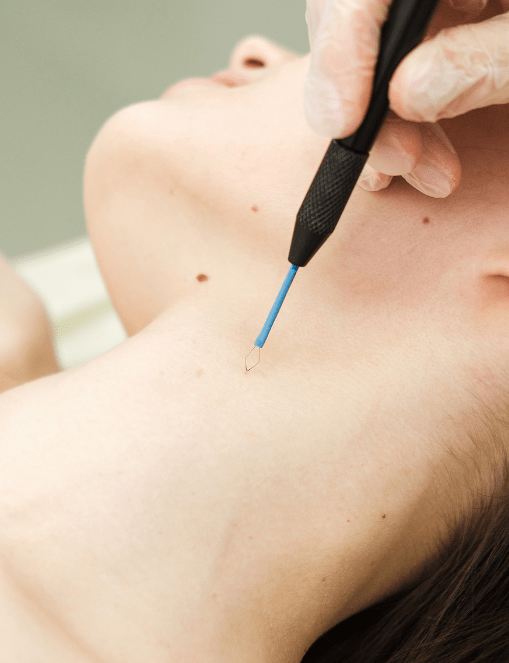
This is one of the most established methods of excision of skin lesions. This involves use of a electrocautery machine with special probes that are used to pass high intensity localized current through the wound at low voltage levels. This causes the temperature of the skin lesion at the contact point of the probe to increase very rapidly such that it is burnt off.
The advantages of this type of surgery is that it uses different shaped end tools / probes suitable to the lesion being operated upon. These probes come in shapes like hoop, hook, pin, fork etc. This enables the doctor to carry out a very controlled procedure which leaves behind minimum scarring.
Also the electrocautery or rf cautery procedure ensures that the blood vessels coming in contact are immediately sealed off because of the high temperature and hence excess bleeding is prevented.
The steps followed in electrocautery or rf cautery is as below:
a. Cleaning of the Target Area
b. Application of Numbing Agent / Anesthetic Cream
c. Placing a grounding pad under the patient to protect the patient from any possible harmful effect of the current.
d. Using the appropriate shaped probe to cut or excise the lesion and cauterize the wound / lesion at the same time.
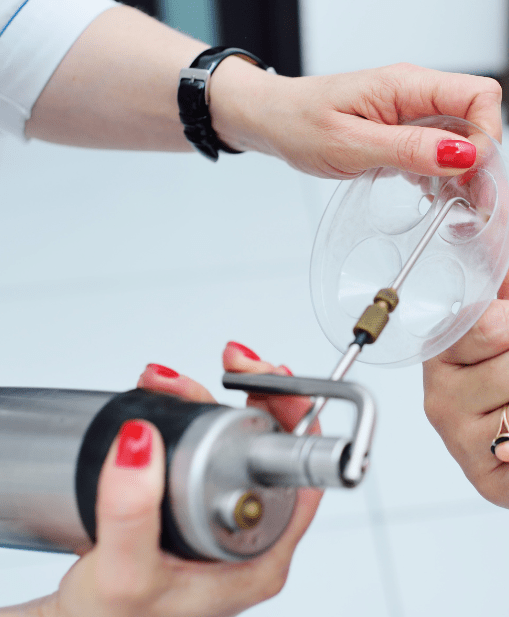
Cryotherapy is the process of freezing the skin lesions such that the cells within the lesion are destroyed. The freezing effect is achieved by exposing the lesion in question to liquid nitrogen or liquid CO2 either using a spray or a swab. On exposure the treatment area reaches a temperature of approximately -195 degrees centigrade.
The exact mechanism by which the lesion cells are destroyed is as below:
a. Ice formation in the fluid outside cells, which results in cellular dehydration.
b. Ice formation within the cell.
c. Bursting of the cells caused by ice expansion inside the cell or shrinking caused by water exiting the cell.
d. Loss of blood supply.
The Steps involved in Cryotherapy are as below:
a. Cleaning of the Target Area
b. Application of Numbing Agent / Anesthetic Cream
c. Spraying of the cryogenic liquid on the treatment area.
d. Waiting for the frozen skin cells to thaw back to normal temperature.
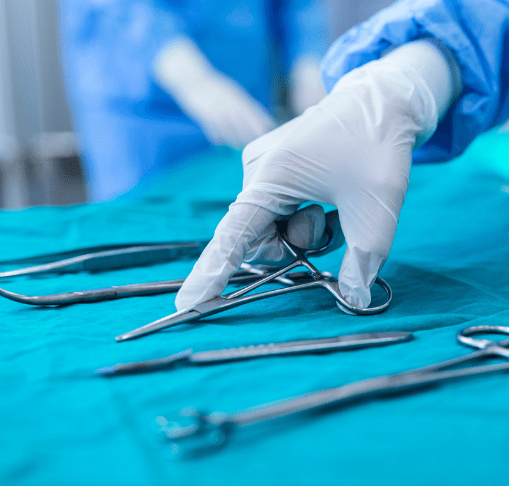
In these procedures conventional surgical tools (like blades and scalpels) are used to mechanically cut or extract the lesion. This is one of the oldest and most proven mechanisms of excision or extraction and allows the doctor the maximum amount of dexterity. Based on the type and size of the lesion there may be a need for suturing after the surgery.
The procedure is done after either applying a local numbing / anesthetic cream or my injecting local anesthesia. The removal can be superficial in which case it is called shaving the lesion (like a mole) or it can be deep (cutting and excising). In both cases the discomfort to the patient is minimum because of local anesthesia.
In this case the chances of scarring (scar tissue formation) depends on the the depth and area of the lesion which is affected.
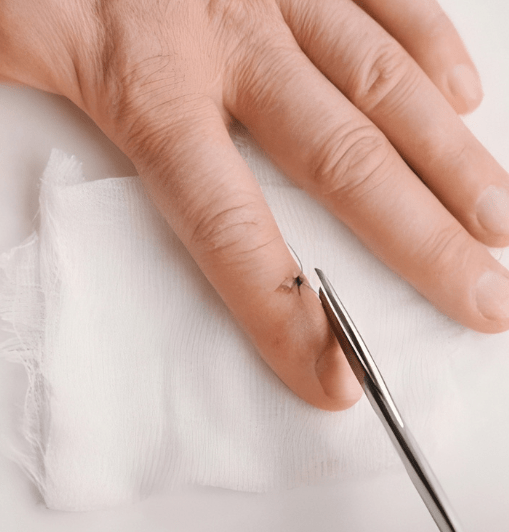
These procedures involve mostly repairing either fresh formed open wounds or long standing openings and defects in the skin. Generally the procedure is done by first cleansing the wound followed by a local anesthetic application or injection.
This is followed by clearing the margins of the wound if required with a surgical tool. Finally sutures (stitches) are placed to hold the two edges of the wound or opening together.
This procedure may or may not leave a scar based on the depth and extent of the wound or area being repaired.


MD, DNB - Dermatology & Venereology
Dr. Sejal has dual degrees of MD and DNB in Dermatology and Venereology. She has worked with some of the senior most doctors in the largest government and private hospitals for more than 15 years. Over these years at InUrSKn, she has treated thousands of patients for a variety of conditions and needs across dermatology, venereology, cosmetology and trichology domains.
Dr. Sejal believes in a minimum intervention approach to health and believes that educating and empowering the patient is the key to good health.
Every patient at InUrSkn is seen personally by Dr. Sejal without any time limit, where she discusses the patient’s concern in detail along with understanding the history of their health and carrying out a personal examination.
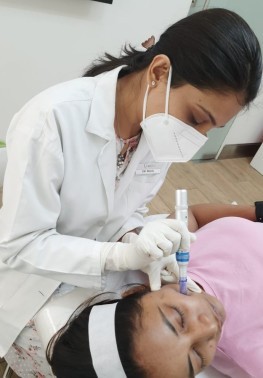
At InUrSkn, we believe that all patient care must be:
– Holistic
– Personalized
– Humane
– Minimal
Dr. Sejal and her team live by the philosophy of never prescribing medications or procedures that may not be required. When addressing a concern, Dr. Sejal ensures that a detailed history and context are thoroughly understood. Medical tests are prescribed by Dr. Sejal only when she believes there is more to the concern that needs to be addressed, ensuring the patient truly benefits.
Multiple spacious procedure rooms
Full-fledged operation theatre
In-house laboratory
Latest technology
100+ Skin, Hair & Body Procedures offered
Frequent disinfection of all clinic spaces with UVC light and WHO-approved chemicals
Large waiting and treatment areas to ensure social distancing
Regular health checks for all patients and staff
Safer than salons, chain-clinics & hospitals
PPEs for patients and staff
Personal attention from Dr. Sejal Saheta (MD, DNB) - with 15+ years of experience
CIDESCO-certified aestheticians with minimum 3 years work experience
500+ Positive Reviews on Practo and Google
5000+ Patients treated last year alone
8000+ Procedures completed


Since the dermato surgeries are generally minimally invasive and are done only at the skin level, the post operative care is also minimum.
– Ensure that you use the oral medications as prescribed by the doctor to prevent any possible infections.
– Ensure regular application of any topical creams prescribed
– Do not scrub or rub the area of treatment.
– Wear loose clothes over the treatment area to prevent accidental chafing.
– If scabs are formed, do not pick on the same. Wait for the scabs to fall of automatically.
– In case of any sustained discomfort in the treatment area for more than 2 days. speak to the treating doctor.
The formation of scars after skin surgery depends on the nature of lesion which is operated on in terms of its expanse and depth. The larger and deeper the lesion the higher the chance of scar formation. However in most cases a skin coloured scar may be aesthetically and medically more suitable than the lesion itself.
Dr. Sejal ensures that during treatment minimum margins are kept on the lesion to prevent any unnecessary scarring.
Since these excisions or extractions are largely superficial and localized the possibility of complications is also minimum. In rare cases patients can react to the anesthetic used. Sometimes there is redness of associated swelling which may sustain for upto 3 days. Recurrence of warts and infectious lesions can occur if the underlying microbes / virus are not fully eradicated. Scarring in the treatment area can occur and in case the patient has keloidal tendency then keloids may form.
Having said this Dr. Sejal ensures a detailed medical history and utmost care during the procedure to prevent any such occurrences.
Depending on the extent of the lesion and the procedure, the down time may range from zero (return back to routine activities immediately) to upto 3 days of at home care.
There is no best method of surgery. The treating doctor chooses between the methods available (Co2 laser, cryo, conventional or Rf cautery) based on the exact nature of skin lesions. This includes the types of lesion, its size, itse spread etc.
For most people there are no pre operative steps to be followed. However certain groups may need extra care.
Examples:
– Patients on blood thinners maybe advised to stop the medications for a two to three days before the procedure (in consultation with their treating physician)
– Patients suffering from diabetes may be advised blood sugar level tests and asked to control their blood sugar levels.
and so on.
But this is largely determined based on the assessment of your medical history by Dr. Sejal
Dermato-surgeries may be elective, like removal of benign moles or skin tags or may be necessary like removal of infectious warts. Based on this it is determined if any particular group of people should avoid these procedures.
Patients groups that need to be more careful are:
– Patients on blood thinners
– Patients with diabetes
– Patients with electrical or electronic implants
– Gestating Women


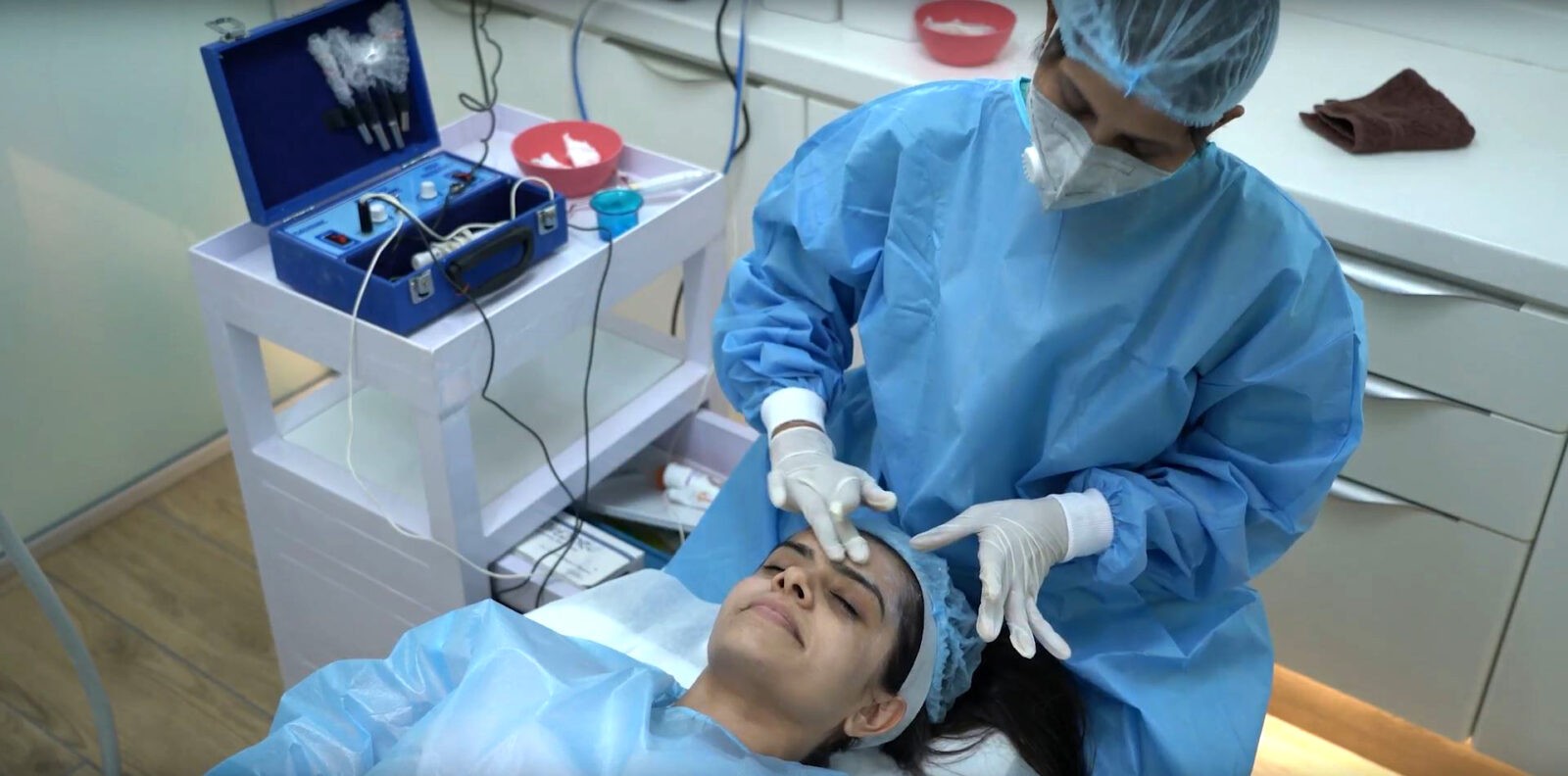
Ready to book an appointment?
BOOK
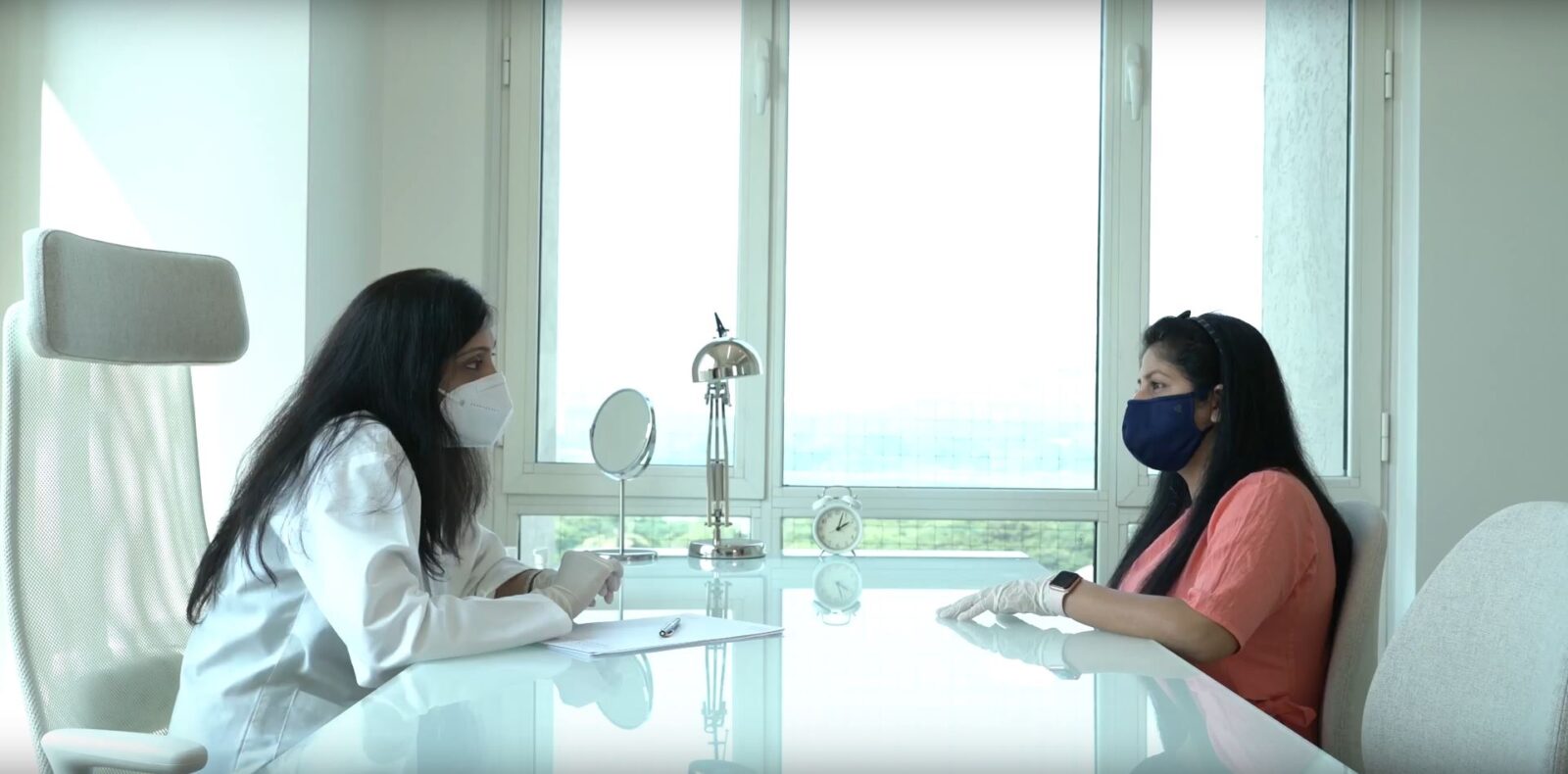
Want to talk about your needs ?
MAKE AN enquiry
